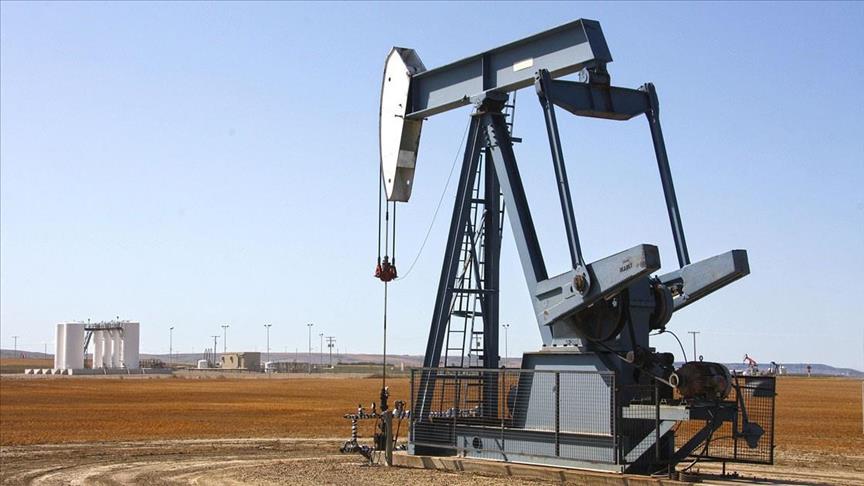Oil prices are set for a weekly decline as expectations that the US Federal Reserve (Fed) could pause its rate cuts, coupled with rising US output and growing supply signals from the Organization of the Petroleum Exporting Countries (OPEC) and its allies, known as OPEC+, weighed on market sentiment.
International benchmark Brent crude traded at $63.97 per barrel at 1.44 p.m. local time (1044 GMT), down from last Friday's close of $65.18, reflecting a weekly fall of about 1.8%.
US benchmark West Texas Intermediate (WTI) was at $60.04 per barrel, compared with $61.32 last week, showing a decrease of around 2.1%.
Prices initially rose early in the week amid optimism over progress in US-China trade talks.
Negotiations held in Malaysia between US Treasury Secretary Scott Bessent and Chinese Vice Premier He Lifeng led to a framework for discussions between US President Donald Trump and Chinese President Xi Jinping in South Korea. The positive tone supported global risk appetite and bolstered oil demand expectations.
However, the upward trend reversed as investors turned their attention to the supply side. OPEC+ signaled plans to raise production in December, reversing part of the output cuts that had supported the market earlier in the year.
This move heightened fears of a potential supply glut, particularly as Russia continued to export robust volumes of crude to major buyers such as India and China despite new US sanctions.
By midweek, prices received limited support from escalating tensions in the Middle East after renewed Israeli strikes on Gaza, but gains remained capped by persistent oversupply expectations.
Oil extended losses on Thursday after the Fed lowered its policy rate by 25 basis points to a range of 3.75%-4% while signaling that no further cuts may come this year.
Fed Chair Jerome Powell emphasized that another rate reduction in December was "not a foregone conclusion," dampening hopes of looser financial conditions that typically support energy demand.
At the same time, US government data revealed that crude oil production rose to 13.64 million barrels per day, while inventories declined by 6.9 million barrels to 416 million. Analysts said the production increase overshadowed the inventory draw, adding to concerns about persistent oversupply.
Stronger US dollar and weak Chinese manufacturing data compounded the downward momentum.
The dollar's gains made oil more expensive for holders of other currencies, while a contraction in China's manufacturing activity signaled weaker demand from the world's second-largest oil consumer.
Markets are now focused on the upcoming OPEC+ meeting on Nov. 2, where the alliance is expected to announce an additional output increase of around 137,000 barrels per day for December. Analysts say the decision could further pressure prices if demand growth fails to keep pace.
Brent crude is set to end the week lower as investors weighed stronger supply prospects against mixed signals from the global economy and monetary policy outlook.
By Humeyra Ayaz
Anadolu Agency
energy@aa.com.tr


